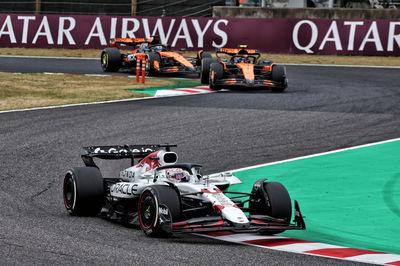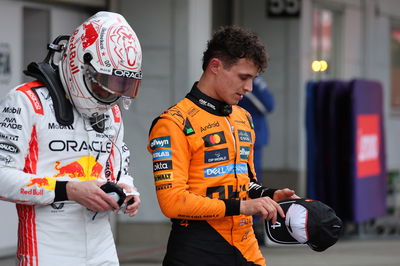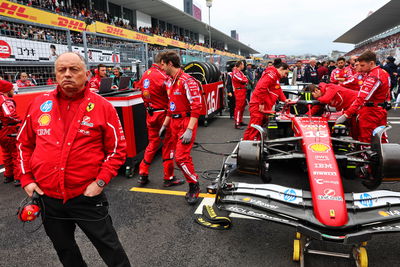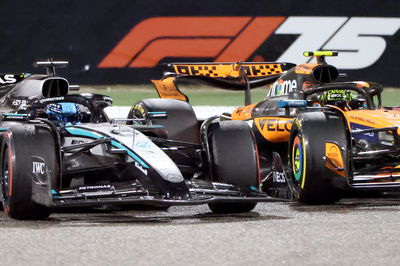Analysis of McLaren 'play it safe' theory at F1 Japanese Grand Prix
How McLaren paid the price by playing it safe at Suzuka.

Few would have expected McLaren’s winning streak to come to an end as early as the third round of the season. The Woking-based squad had such a buffer over its rivals in Australia and China that it was unlikely that it would have been usurped in the Japanese GP.
But Max Verstappen made the impossible happen, taking pole position with a new lap record and then leading the field throughout the race to score a comfortable 1.4s win.
The closest Lando Norris got to overhauling Verstappen came on lap 22, when a quicker pitstop allowed him to draw alongside him. But the Briton didn’t back off after exiting the pitlane and ran wide over the grass.
McLaren scrutinised after Japanese Grand Prix loss
Data shows that Norris lost seven tenths on his outlap compared to Verstappen - and the gap between the two rose from 1.3s to almost 2.1s over the entire pitstop phase.
From there on, the Red Bull driver was able to cruise to the finish line, while Norris briefly came under pressure from teammmate Oscar Piastri before pulling clear of him in second place.
Verstappen deserves all the credit for pulling off that win, but how much of that result was down to McLaren not being ambitious with its strategy calls?
In a post-race interview, team principal Andrea Stella conceded that the race was effectively decided on Saturday when Verstappen stunned the opposition to take pole. But while there is no denying that track position pays off well at Suzuka, it's worth considering what McLaren could have done to change the outcome of the race.
Although Norris was running ahead of Piastri, McLaren gave Australian the priority in the pitstops. This was to cover off George Russell, who had just switched to the hard tyres.
However, by ensuring Piastri held on to the final spot on the podium, it took away any chance Norris had of jumping Verstappen.
While there is no guarantee that Norris would have leapfrogged Verstappen in the pits had he stopped a lap earlier, and the team also had to take traffic into consideration, pitting at the same time as the race leader was always going to lead to only one outcome.
It's worth noting that Piastri's outlap was a full second quicker than Verstappen's, showing just how powerful the undercut was at Suzuka.

The other option McLaren had was to instruct Norris to go longer in the first stint, emulating the strategy employed by Lewis Hamilton and Andrea Kimi Antonelli.
However, Antonelli was only able to lap in low 1m33s on worn-out medium tyres at the end of his stint, around half a second slower than what his teammate Russell was able to manage on fresher hard tyres.
Any advantage Norris would have had later in the race on relatively new hard tyres would have counted for little, as Suzuka is notoriously difficult for overtaking. The only way an overcut would have benefitted Norris was if there had been a safety car, but that never materialised as all 20 drivers finished the race.
That said, McLaren could have still taken bolder steps in the race than throwing a dummy at Verstappen.
Once the starting grid was decided on Saturday, McLaren must have known that Norris and Piastri had no real chance of overtaking Verstappen on track after the opening lap. Overnight rain lowered the temperatures further, taking away tyre degradation as a variable from the equation.
As such, the only way McLaren could have pulled off an upset was by taking destiny into its own hands and tried something different, even if that compromised its chances of scoring a double podium finish. But the team elected to play it safe and let Mercedes call the shots with Russell, meaning both its drivers finished in the same positions they started in in what turned out to be a processional race.











